LASER - Light Allows Studying and Explaining Reality
Published in Physics

UN acknowledged the importance of light and light-based technologies declaring 2015 the international year of light. During that year and thanks to the leadership of UNESCO, more than 13000 activities were organised in 147 countries, to increase the general public awareness of the importance of light in our everyday life. The incredible success of this campaign has brought UNESCO to define the International Day of Light (IDL), happening every year on the 16th of May, in remembrance of the day in which Teddy Maiman turned on the very first laser, back in 1960.
Even before the invention of lasers, it has always been clear that light is a versatile tool that can be used to study the world we live in. The simplest example is maybe that light enables vision. An object becomes visible to our eye only after a chain of events triggered by light hitting it. Some of the incident light is absorbed by the object and the remainders are redirected to random directions, some of which will carry light to our eyes. However simple this statement can seem, without light – in the dark – we can’t see! If between the object and your eye there are two lenses attached to a tube, you get yourself a microscope, with which you can look at the world to a much finer detail.
In addition to making reality visible, light is one of our tools – and admittedly the best – to study it. By shining a known light – which is to say, a light whose frequency content has been previously characterised – on an object and collecting light that escapes it – either in transmission, reflection, or scattering – we can understand which frequencies are absorbed by the material. This is the basis of all spectroscopy techniques, used to characterise chemical composition of materials.
In a very simplistic scheme, light from a torch can be used in a protocol for communication. Think morse code - dots and dashes corresponding to different durations of on-off intervals.
If UNESCO chose the anniversary of the first laser being turned on to celebrate light, it must mean that lasers are unanimously acclaimed as the most important light-based technology we have had so far. I dare say lasers should have a special place in everyone’s heart – not just in those of scientists.
What is so special about LASERs is the “SER” in their name – stimulated emission of radiation.
An active medium can amplify light — you guessed it, “LA” in LASER is “light amplification”. Poking a crystal, like the ruby used by Maiman, with a kick of external energy— say a discharge lamp— causes its electrons to jump up to a level of high energy and sometimes realise what’s called population inversion — electrons populating a high energy level (A) more densely than one of lower energy (B). This unbalance can stimulate the emission of a photon – and a consequent fall of an electron from B to A – with an energy equal to the energy difference between A and B. Were it not for the presence of two mirrors at both ends of the crystal – creating what is called the cavity – this lone photon would be lost. The multiple reflections on the two mirrors make the photon come back in the crystal and kick off the next electron in A, stimulating the generation of another photon, perfectly equal to the first. This goes on in a never-ending cascade of photons-pushing-electrons-emitting-photons, eventually building up enough power to create a laser beam that is eventually made escape the cavity.
The most characterising property of laser light comes directly from stimulated emission - coherence. Thanks to coherence, lasers can achieve much higher powers than standard light sources, they can interfere and diffract and can also be used to encode information in much more complex protocols than the simple morse analogy with a torch. A laser beam can be structured to realise complex patterns in its intensity and polarisation ultimately increasing the degrees of freedom at disposal of light.
Add a doughnut-shaped laser beam into a microscopy setup and you overcome diffraction limit (STED microscopy). Shine a laser beam with a complex shape into an optical fibre, and not only you’ll be communicating at the speed of light with Bob on the other end of the fibre, but you will also be sending him a much denser and safe unit of information (quantum and optical communications). Build a laser cavity of high purity that emits the narrowest range of frequencies, and you have the perfect source for investigating matter (Raman spectroscopy). Focus a laser beam down to a micron-sized spot and optical forces will be so much stronger than in the macroscopic world that they can trap particles and biomolecules or move them around (optical tweezers). The high powers laser light can achieve, especially when using short pulses, open the door to the realm of nonlinear optics where a whole class of technique awaits—pump-probe spectroscopy, high-harmonics generation, frequency combs, advanced optical metrology (atomic and nuclear clocks, and massive interferometers like LIGO), entangled-photons sources, to name but a few—that was not even fathomable without the invention of lasers.
Looking ahead, it’s unlikely that lasers will cease to prove themselves as the great resource they are and for this reason, we are still very grateful to Teddy and all the other scientists throughout the history that made this discovery possible, from Maxwell, to Einstein, Planck, Weber, Townes, Basov and Prokhorov.
Oh, and one last thing. LASER stands for Light Amplification by Stimulated Emission of Radiation—watch out for catchy deceptive acronyms, especially in titles!
Follow the Topic
-
Nature Reviews Methods Primers

An online-only journal publishing high-quality Primer articles covering analytical, applied, statistical, theoretical and computational methods used in the life and physical sciences.
Your space to connect: The Polarised light Hub
A new Communities’ space to connect, collaborate, and explore research on Light-Matter Interaction, Optics and Photonics, Quantum Imaging and Sensing, Microscopy, and Spectroscopy!
Continue reading announcement
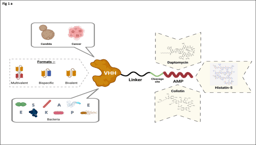
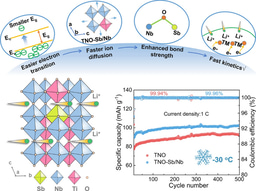
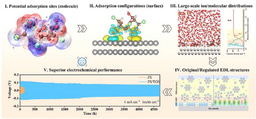
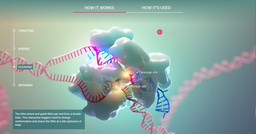
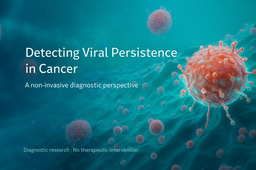
Please sign in or register for FREE
If you are a registered user on Research Communities by Springer Nature, please sign in